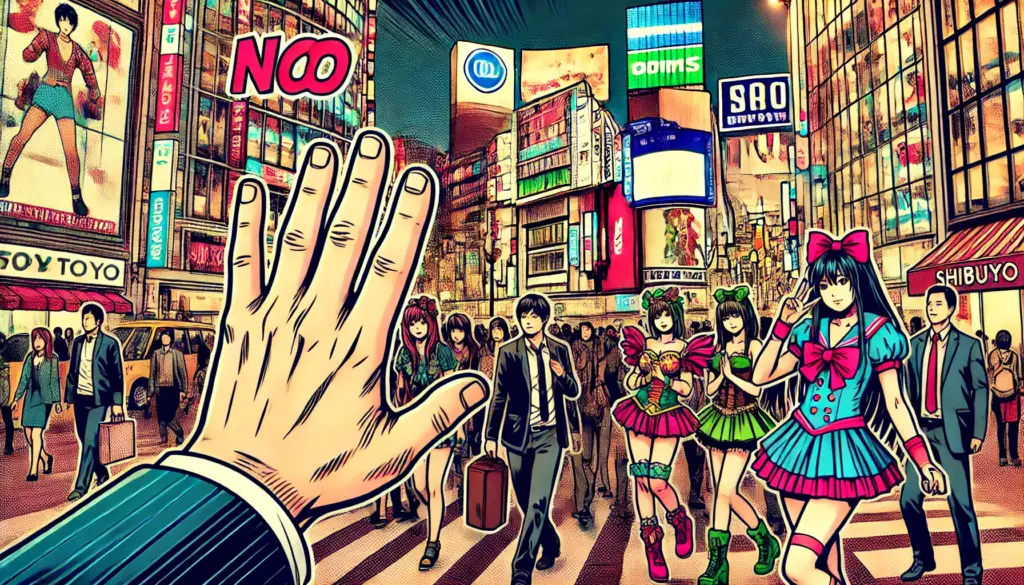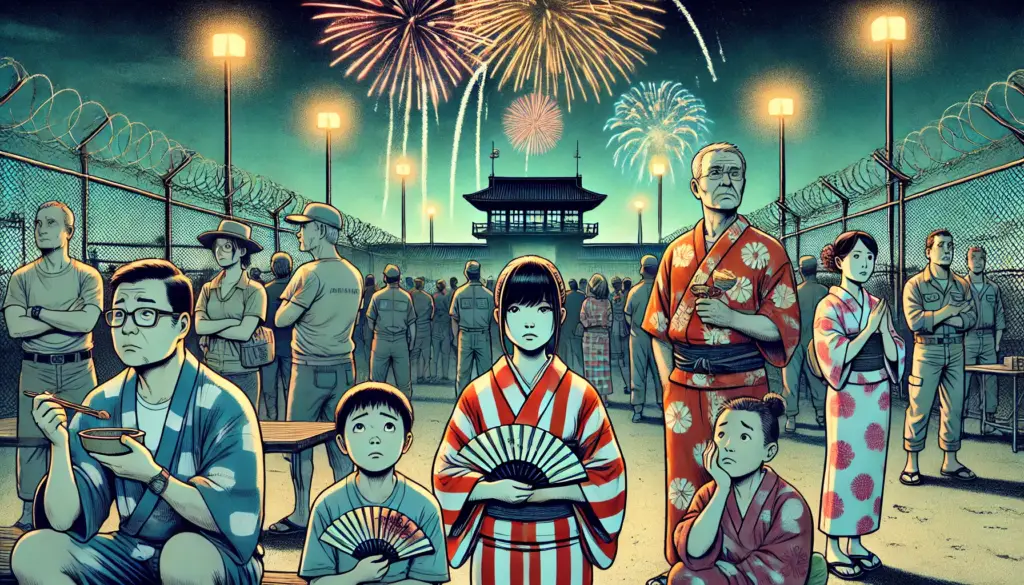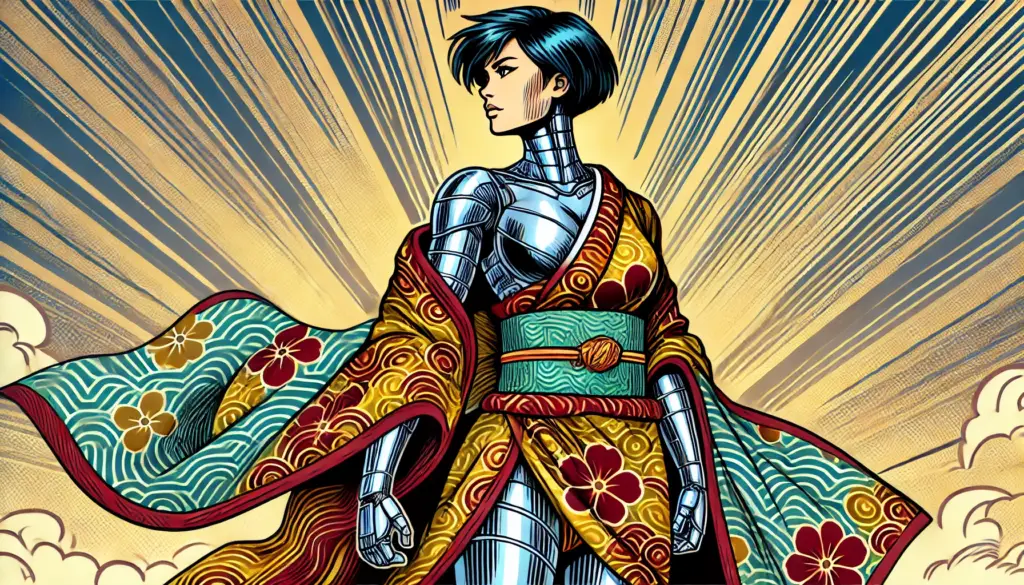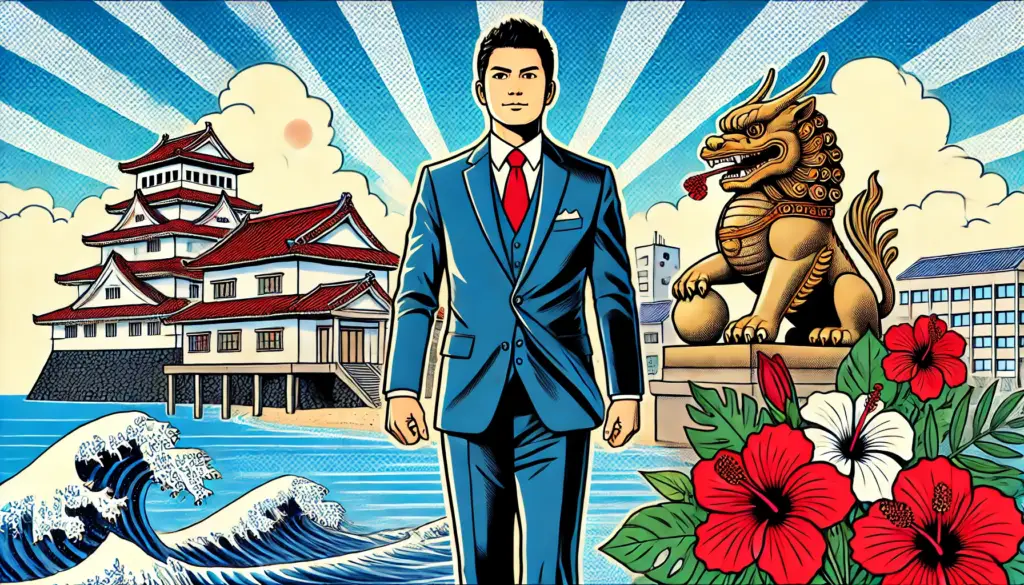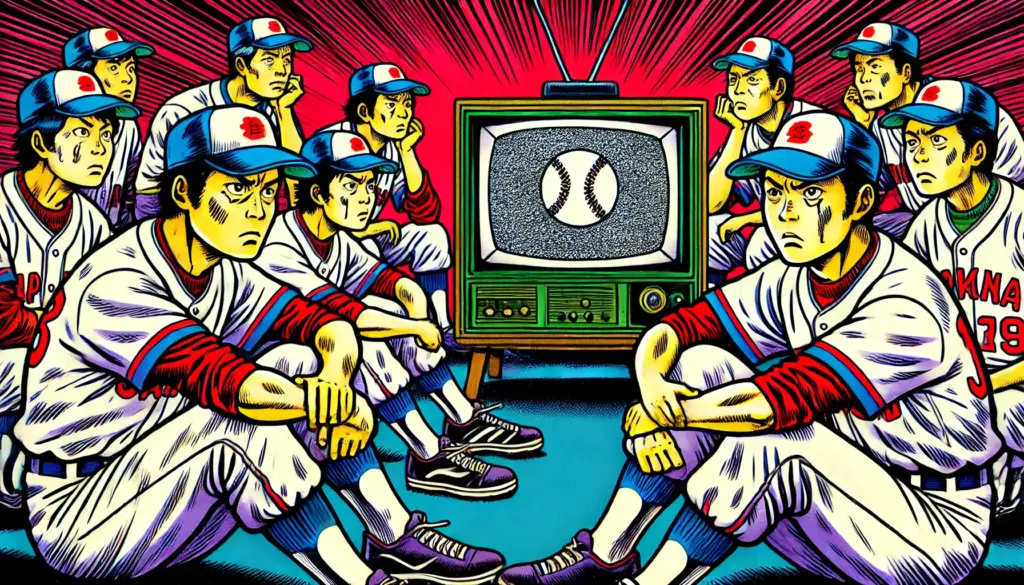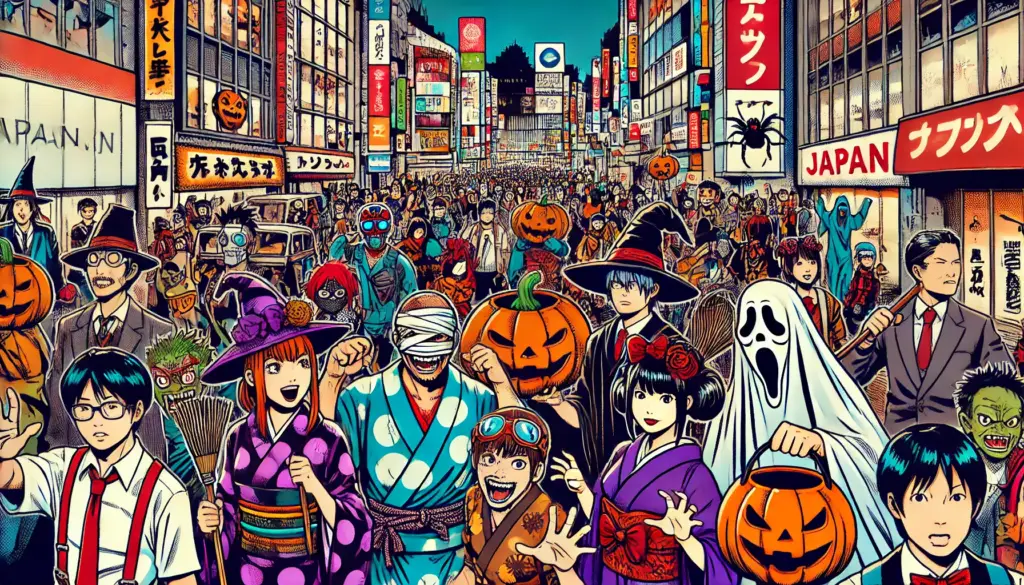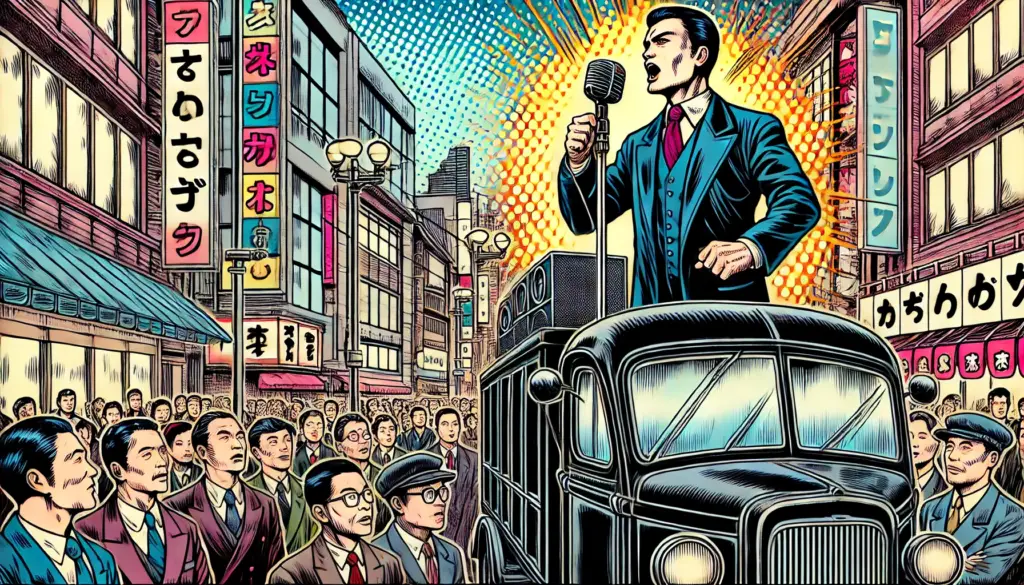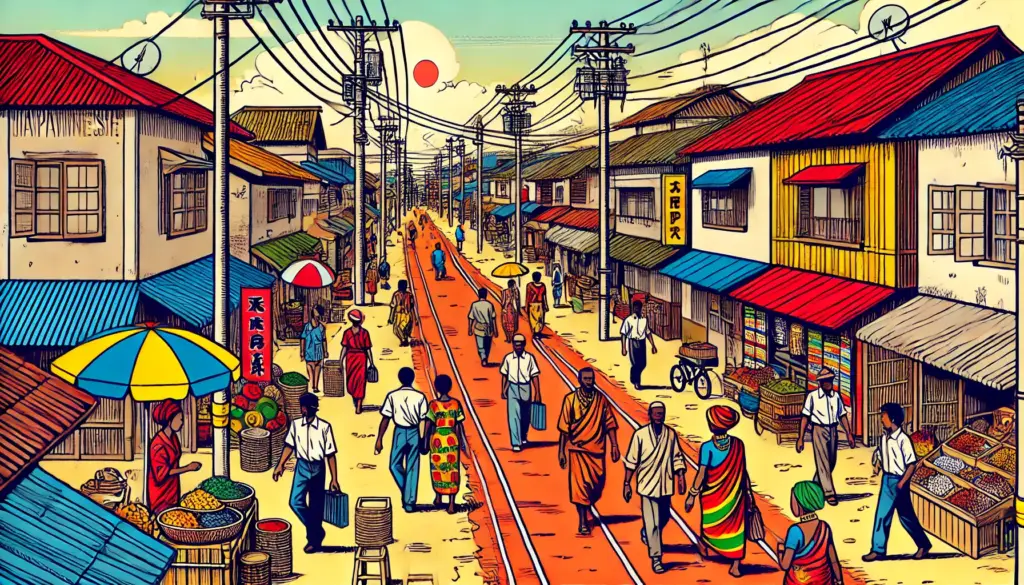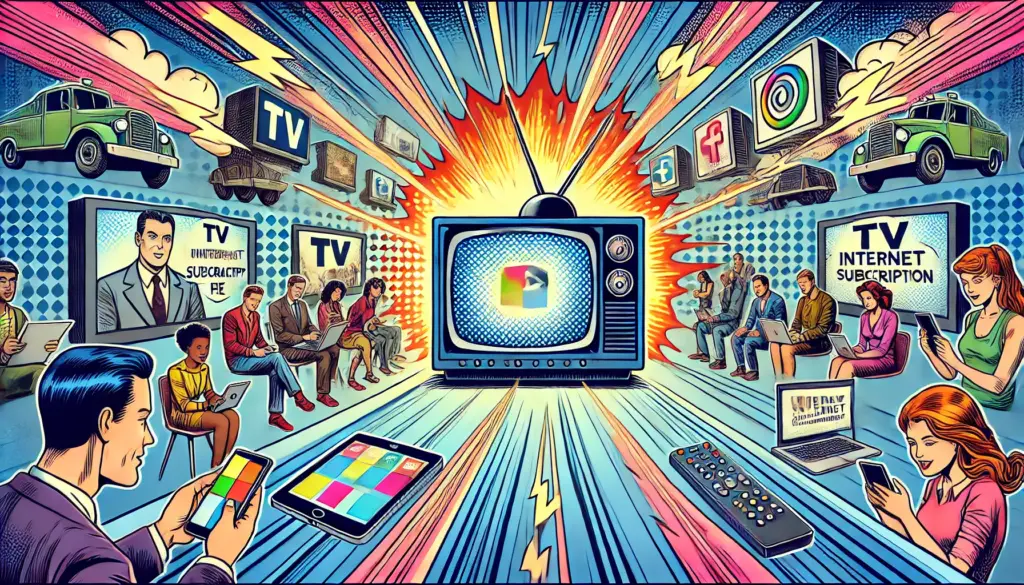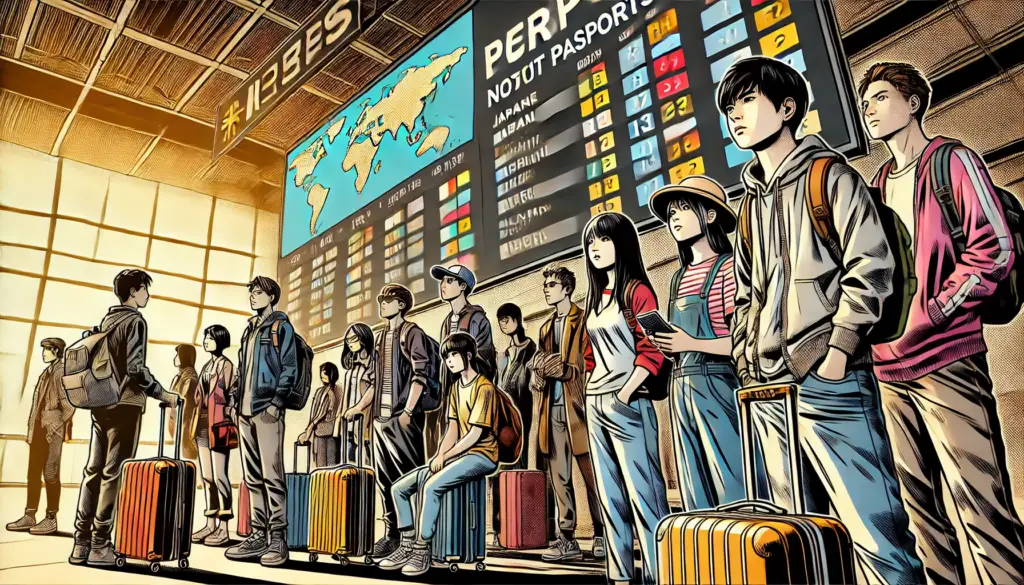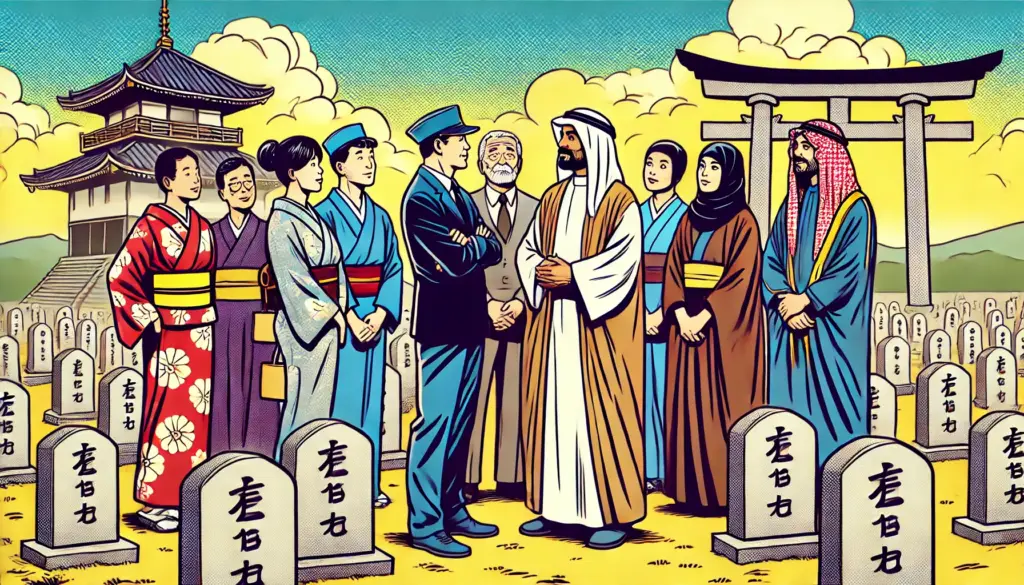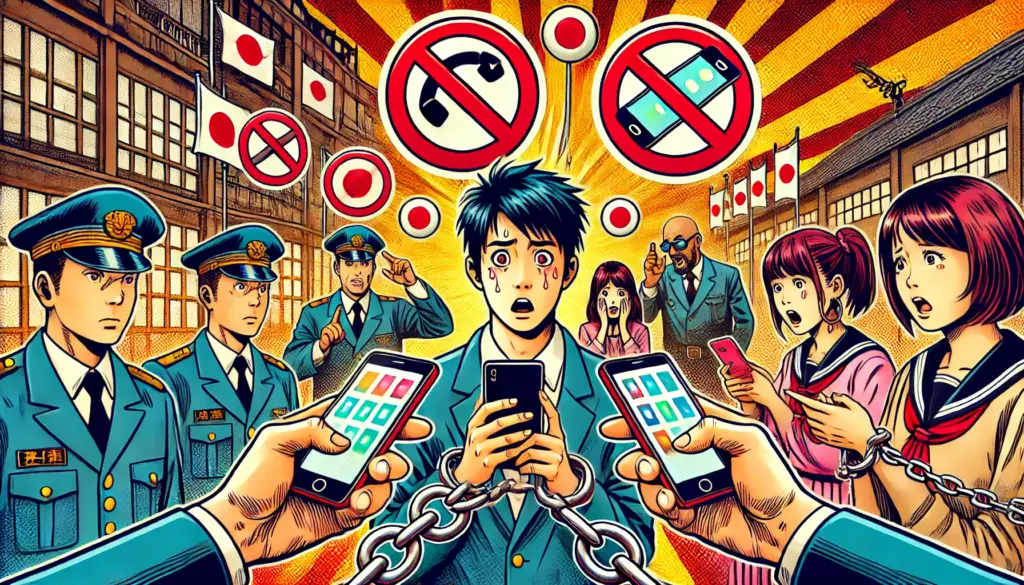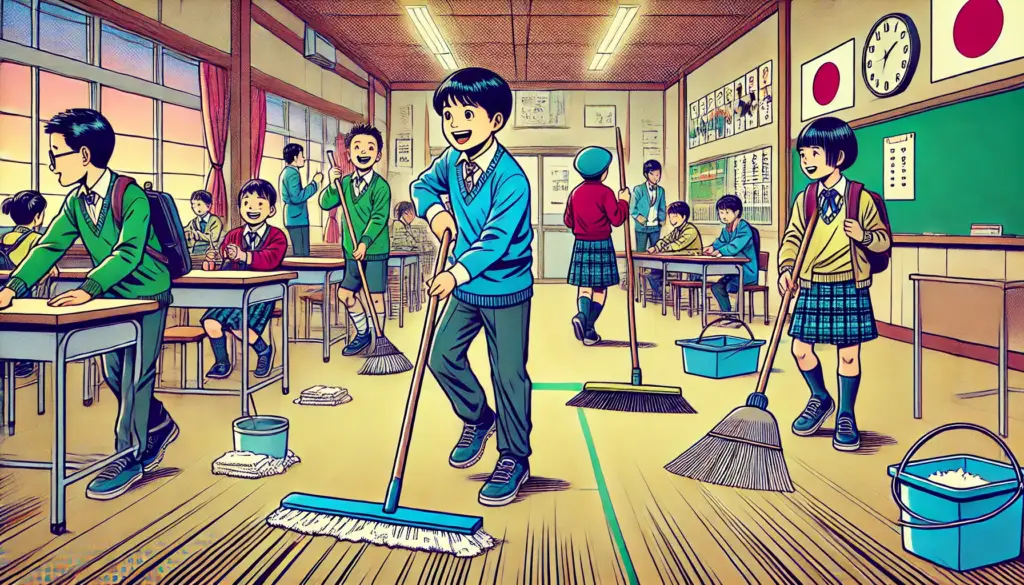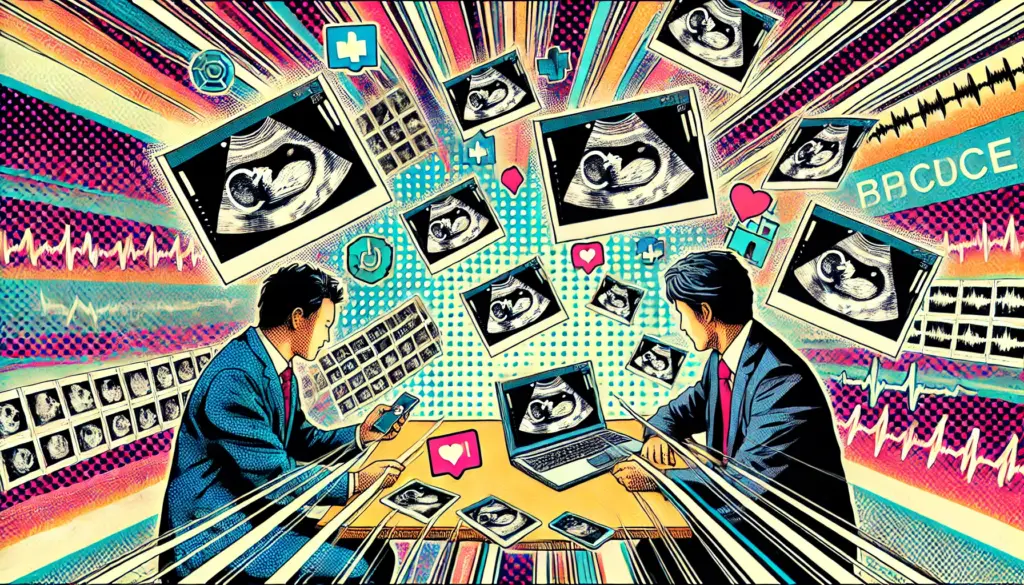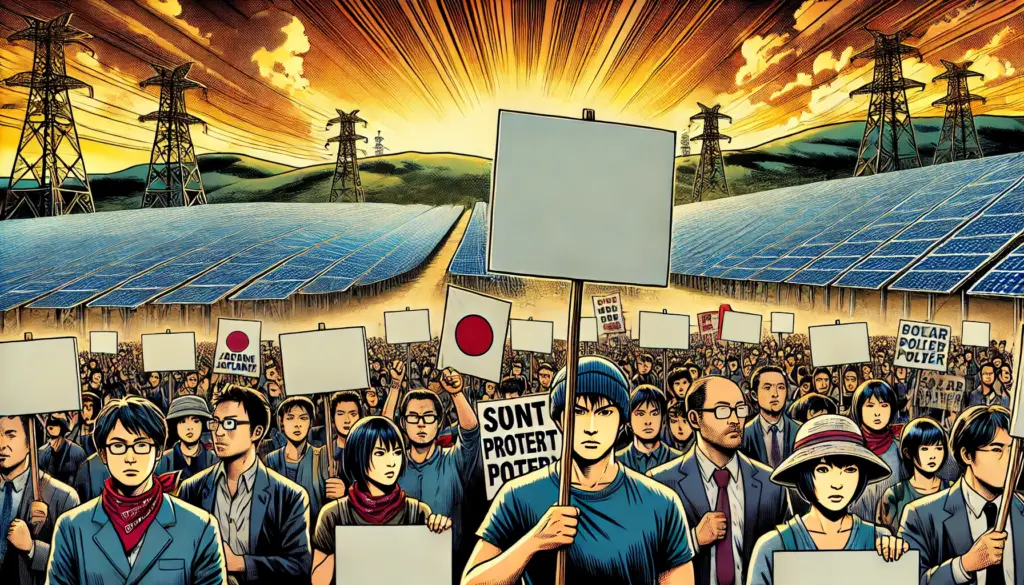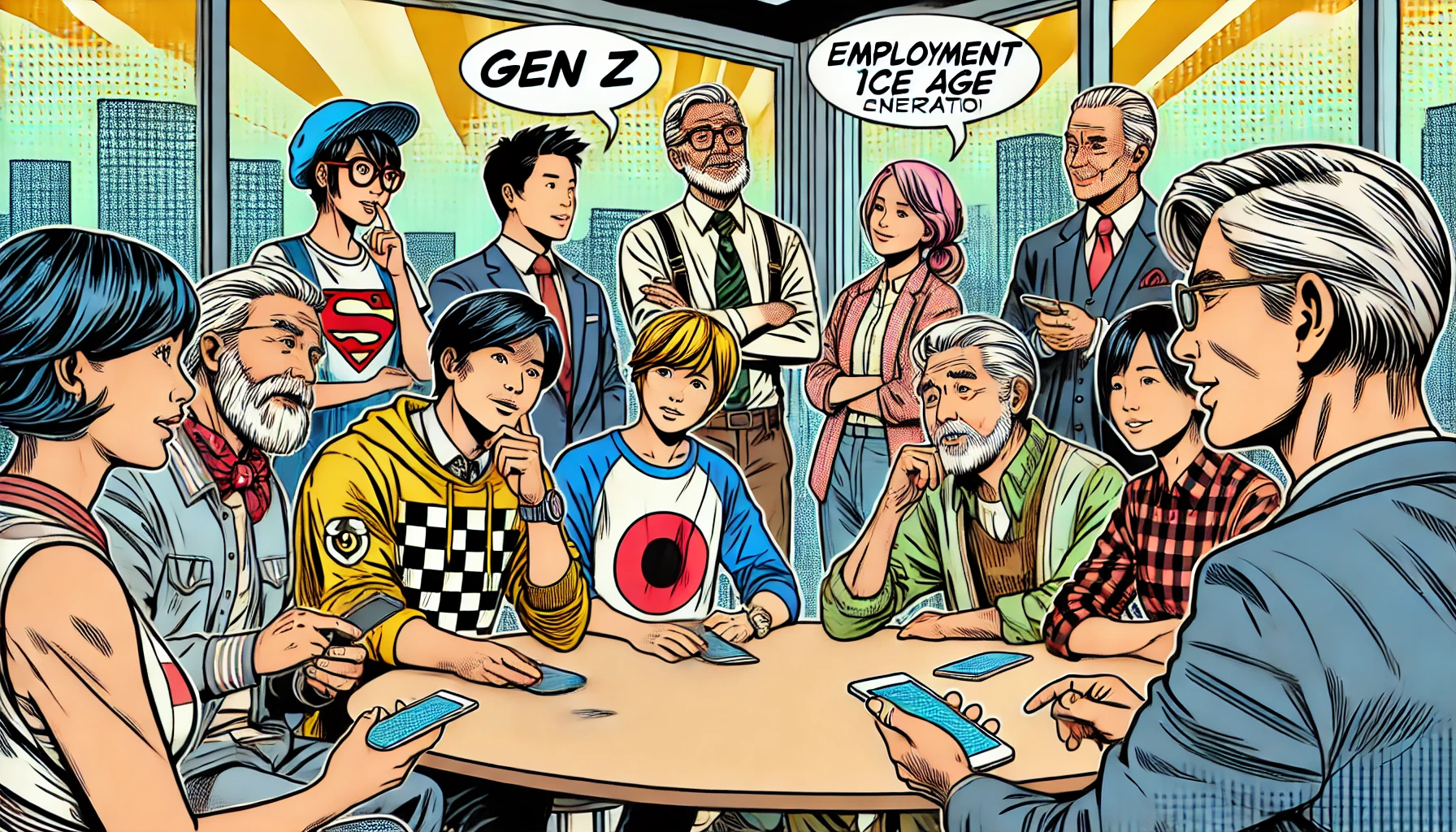
Generation Z in Japan—those born roughly between 1997 and 2012—are making waves in a society shaped by conformity, hierarchy, and slow-paced digital transformation. But how do they differ from their American counterparts? And how do they relate to Japan’s uniquely categorized generations like the yutori sedai (relaxed generation) or shōshika sedai (post-bubble “ice-age” generation)? Let’s dive into the fascinating generational landscape of Japan.
📱 What Defines Japan’s Gen Z?
Japanese Gen Z is known for being:
- Digitally Native but App-Specific: Unlike American Gen Z who bounce between platforms, Japanese youth largely revolve around LINE, X (formerly Twitter), Instagram, and YouTube. TikTok is rising, but Facebook and Snapchat never caught on here.
- Privacy Conscious: Compared to Western peers, they prefer anonymous identities online and avoid personal branding unless they’re influencers.
- Career-Pragmatic: Instead of chasing dreams, many focus on “安定” (stability). The trauma of Japan’s long economic stagnation has shaped a generation that values job security over startup risks.
- Less Vocal but Politically Aware: They may not protest in the streets, but many are quietly critical of traditional hierarchies, gender roles, and outdated societal expectations.
- Mental Health Aware: While still stigmatized, Gen Z is gradually normalizing discussions around depression, stress, and therapy, especially through TikTok and anonymous forums like 5ch.
🇯🇵 vs 🇺🇸: Key Differences Between Japanese and American Gen Z
| Category | Japan Gen Z | U.S. Gen Z |
|---|---|---|
| Social Media | LINE, Twitter, YouTube | Instagram, Snapchat, TikTok |
| Self-expression | Anonymity > Authenticity | Authenticity = Brand |
| Work Attitudes | Stability & harmony | Passion & purpose |
| Activism | Subtle dissent | Outspoken & public |
| Mental Health | Growing awareness | Open discussion |
While both groups share a digital upbringing, the cultural context deeply influences behavior. Japanese Gen Z is more reserved but no less thoughtful—they simply operate under a different set of societal expectations.
🧓 Japan’s Unique Generational Labels
Japan doesn’t just divide people by decades—it has socially defined generations rooted in historical and economic events. Here’s a breakdown:
👴 団塊世代 (Dankai Sedai – Baby Boomers)
- Born: 1947–1949
- Defined by: Post-war baby boom, mass employment, lifetime jobs
- Outlook: Conservative, loyal to institutions
😐 バブル世代 (Bubble Generation)
- Born: Late 1960s–1970s
- Defined by: Economic bubble in the ’80s
- Outlook: Brand-focused, nostalgic for “the good old days”
🥶 氷河期世代 (Shūshoku Hyōgaki Sedai – Employment Ice Age Generation)
- Born: 1970s–early 1980s
- Defined by: Economic collapse in the ’90s, hiring freezes
- Outlook: Distrustful of companies, high non-regular employment
😌 ゆとり世代 (Yutori Sedai – “Relaxed Education” Generation)
- Born: 1987–1996
- Defined by: Relaxed school curricula, less academic pressure
- Outlook: Cooperative, criticized as “soft,” but emotionally intelligent
🧠 Z世代 (Gen Z)
- Born: 1997–2012
- Defined by: Reiwa era, digital-native, global exposure
- Outlook: Balanced, cautious, digitally literate, socially conscious
These generational names are deeply embedded in Japanese culture, influencing hiring practices, interoffice relationships, and even dating dynamics.
💡 Why These Generations Matter Now
Understanding these generations is essential for marketers, employers, and educators. For instance:
- Companies that fail to modernize will struggle to retain young talent.
- Political movements need to evolve messaging styles to engage Gen Z voters.
- Foreign brands that copy-paste Western strategies risk falling flat in Japan.
✨ A Fresh Perspective
While many dismiss Japan’s Gen Z as apathetic, they might be quiet revolutionaries. Instead of loud rebellion, they push change through design, subtle defiance, digital communities, and micro-entrepreneurship. They aren’t turning away from society—they’re redesigning it from within.




